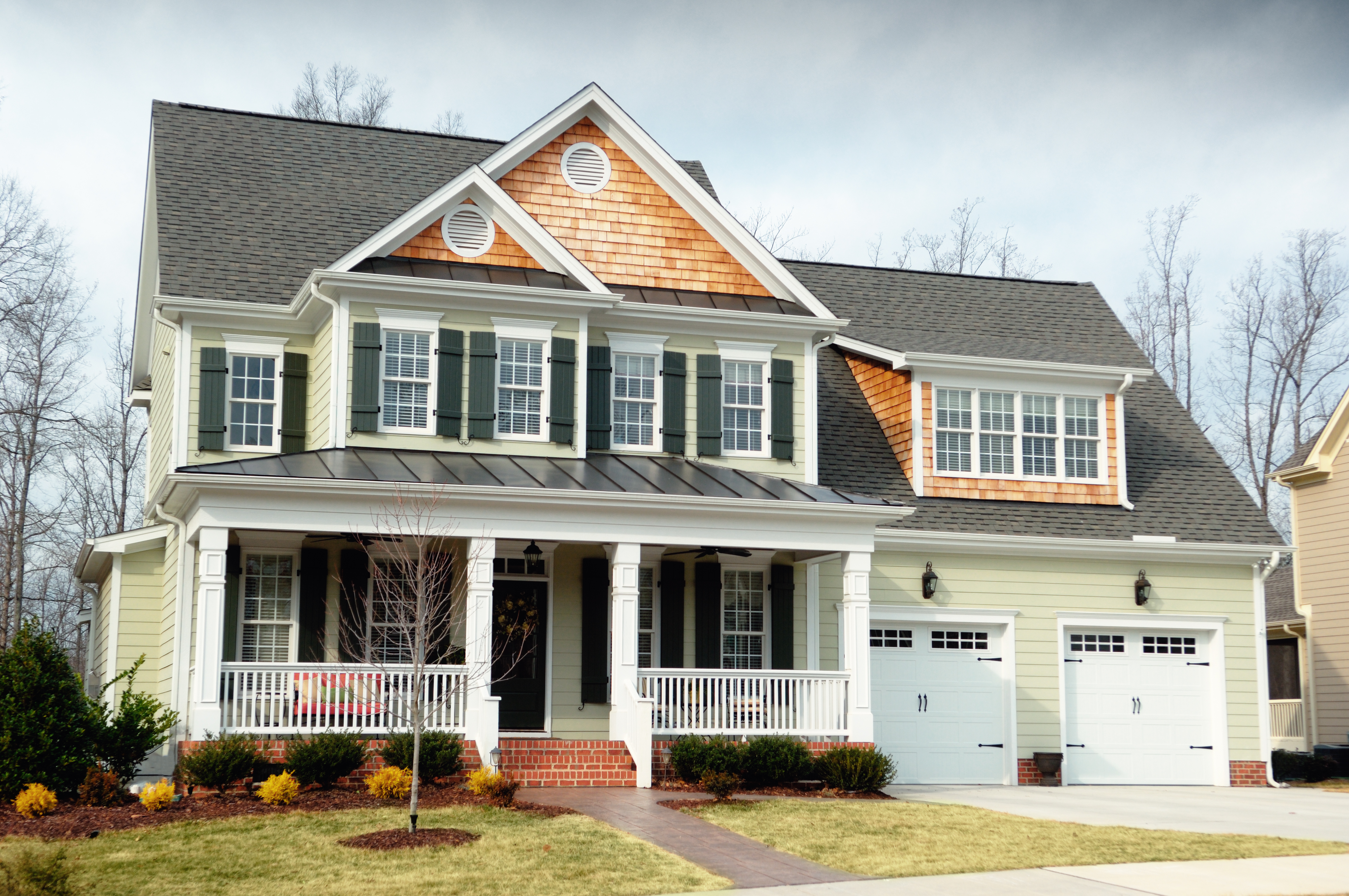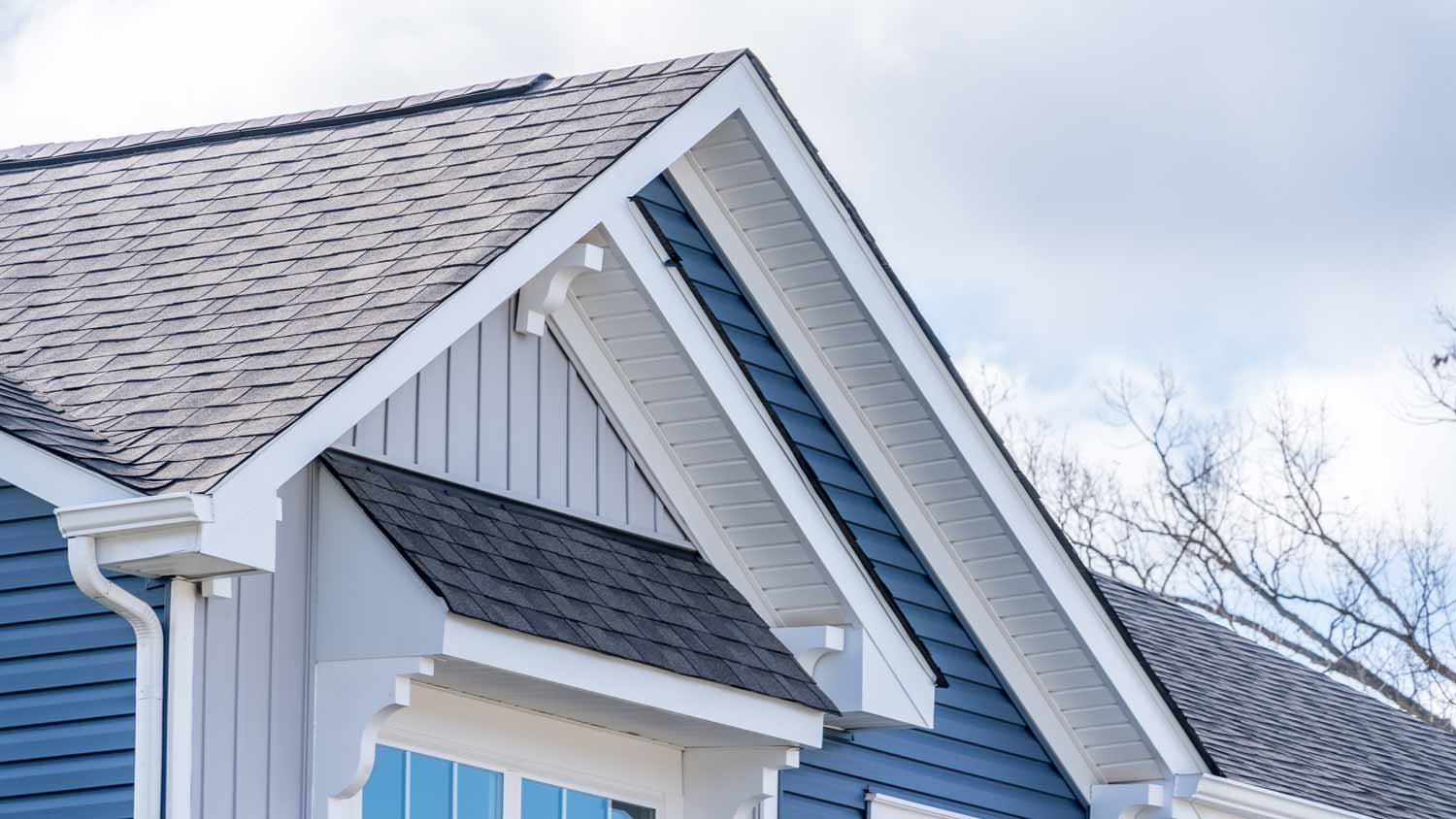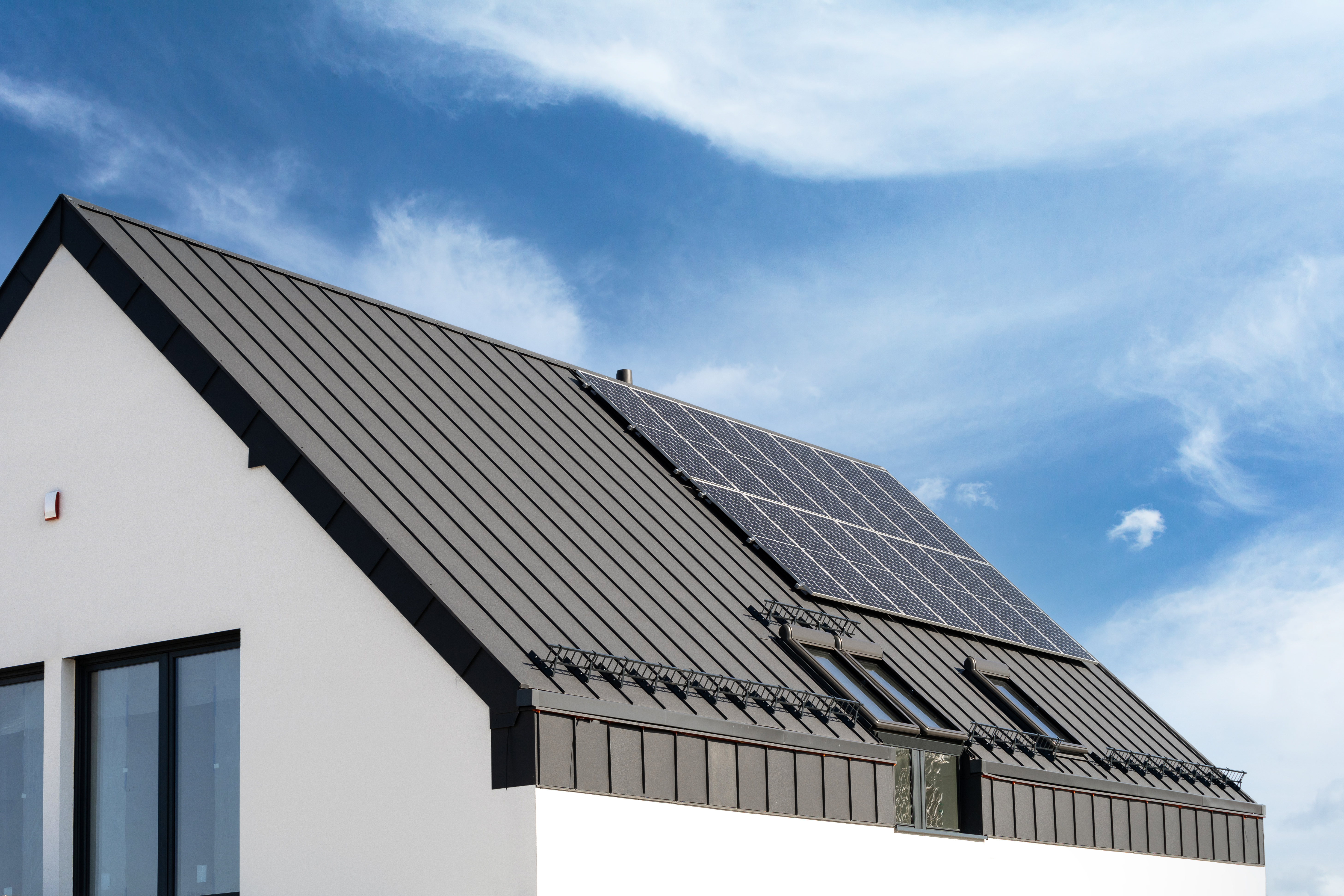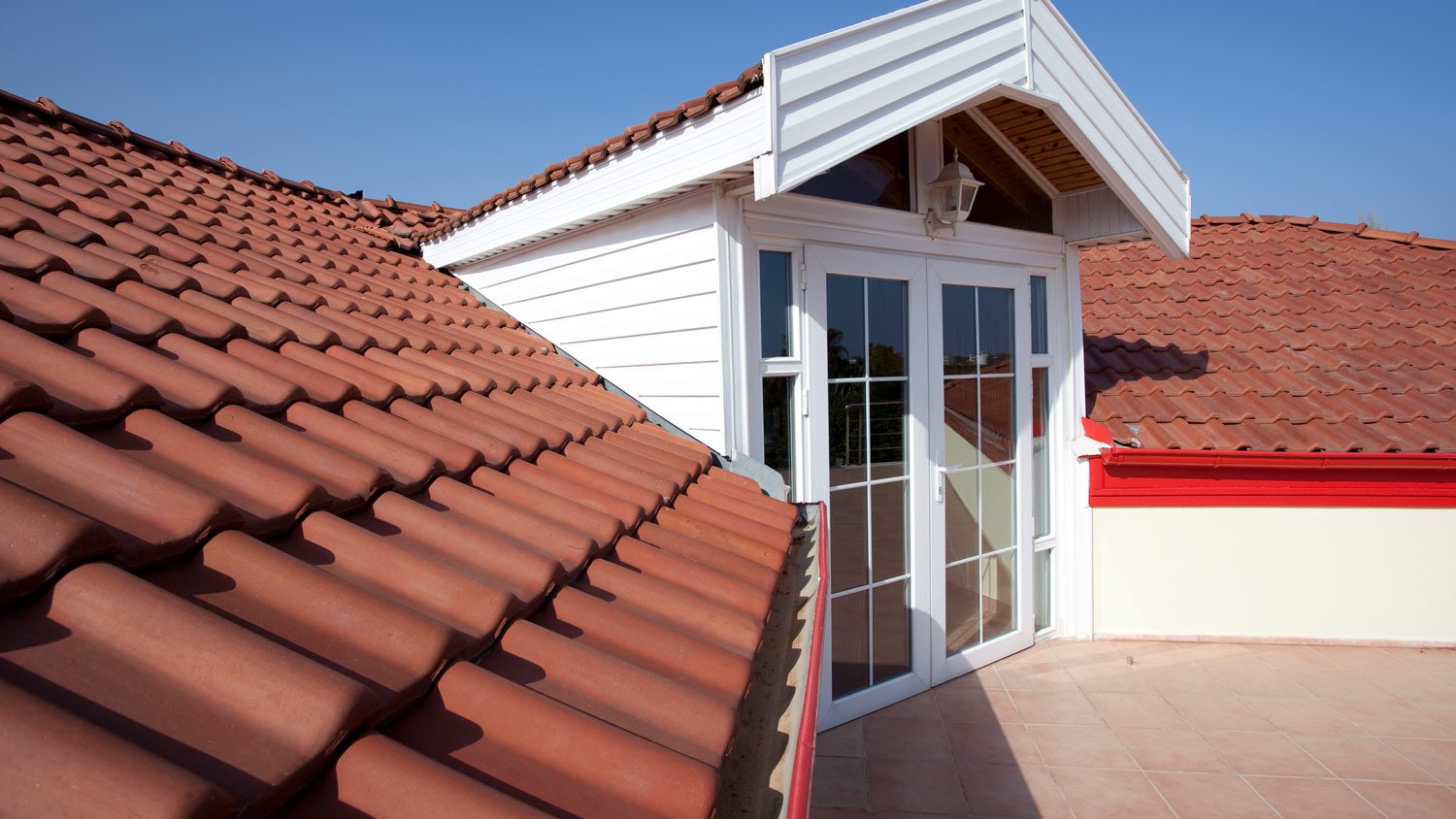
Dealing with a visibly damaged roof or leak? Learn about roof repair costs in Columbus to see how much you’ll need to budget for a permanent solution.
My, what a steep roof you have


A roof's pitch is how high it rises for every 12 inches of width.
The best roof pitch depends on your location and local climate.
Your roof's pitch affects the replacement cost.
What is the pitch on a roof? And, more importantly, why should you care about your roof's pitch? Your roof's pitch is how steep the roof is. It determines the type of materials you should use and the overall cost to replace or repair the roof. Here’s what to know about the pitch of your home’s roof.
Roof pitch refers to the steepness of your roof. To calculate roof pitch, you need to know how many inches the roof increases in height for every 12 inches of width. You can calculate roof pitch by measuring the height of the roof at the highest point and the width, or span, of the roof from one side to the other.
Pitch is expressed as either a ratio or fraction. For example, the pitch of a roof that rises 6 inches for every 12 is written as either 6:12 or 6/12.
You may hear roof pitch and roof slope used interchangeably, but they are different. While the pitch is roof rise (or height) divided by roof span, the slope is roof rise divided by roof run, which is the horizontal distance between two points. On some roofs, the run is exactly half of the span. But more intricate roof designs often have several different measurements for run, and several slopes.

Roof pitch matters for a few reasons, and some roof pitches are more common than others. It's rare to see pitches at either end of the steepness spectrum—there are rarely perfectly flat roofs and there are no roofs with a pitch of 12:12.
Your roof's ideal pitch is determined by multiple factors, including the weather conditions in your local area.
The pitch of a roof influences the roof replacement cost, with steeper pitches often costing more than less steep roofs.
Roofs with steeper pitches cost more for two reasons: they require more materials, and they tend to be more complicated to install. The materials a local professional roofer may use on a steep roof also tend to cost more than the materials used on a less steep roof.
Simply put, you can't use all types of roofing materials on all types of roofs. Tile and slate just won't work on a roof without a steep pitch. Asphalt shingles can often be used on any type of roof, with the exception of those with a very low pitch. Metal or rubber materials are appropriate for lower-pitched roofs, but not steep roofs.
When choosing a roofer to replace or repair your roof, ask them about the material options you have based on the pitch of your roof.
The local climate in your area affects the type of roof pitch your home should have. Generally speaking, areas that see a lot of heavy snowfall or lots of rain should have steep roofs, as the water or snow can slide right off.
Roofs that are nearly flat run the risk of developing leaks or even caving in if installed in an area that sees a lot of rain and snow.
From average costs to expert advice, get all the answers you need to get your job done.

Dealing with a visibly damaged roof or leak? Learn about roof repair costs in Columbus to see how much you’ll need to budget for a permanent solution.

Learn about roof replacement costs in Columbus and what factors are at play to budget accurately and make sure you’re getting a fair price.

A metal roof can defend your home against Ohio’s varying weather conditions. Learn how much a metal roof costs in Columbus, OH.

If you’re upgrading your roof with stone-coated steel, you should be aware of the total project cost. Learn what will impact your final stone-coated steel roofing costs.

If you’re an experienced roofing DIYer and want to tackle learning how to seal a roof, this guide will help you navigate all the different steps.

What's a cupola? Is it possible to have one on my home? What do they look like? Learn all about the variety of cupolas you can add to your home or barn.